The artist and linguist: Sarah Charlesworth’s ’Doubleworld’ on show at the New Museum
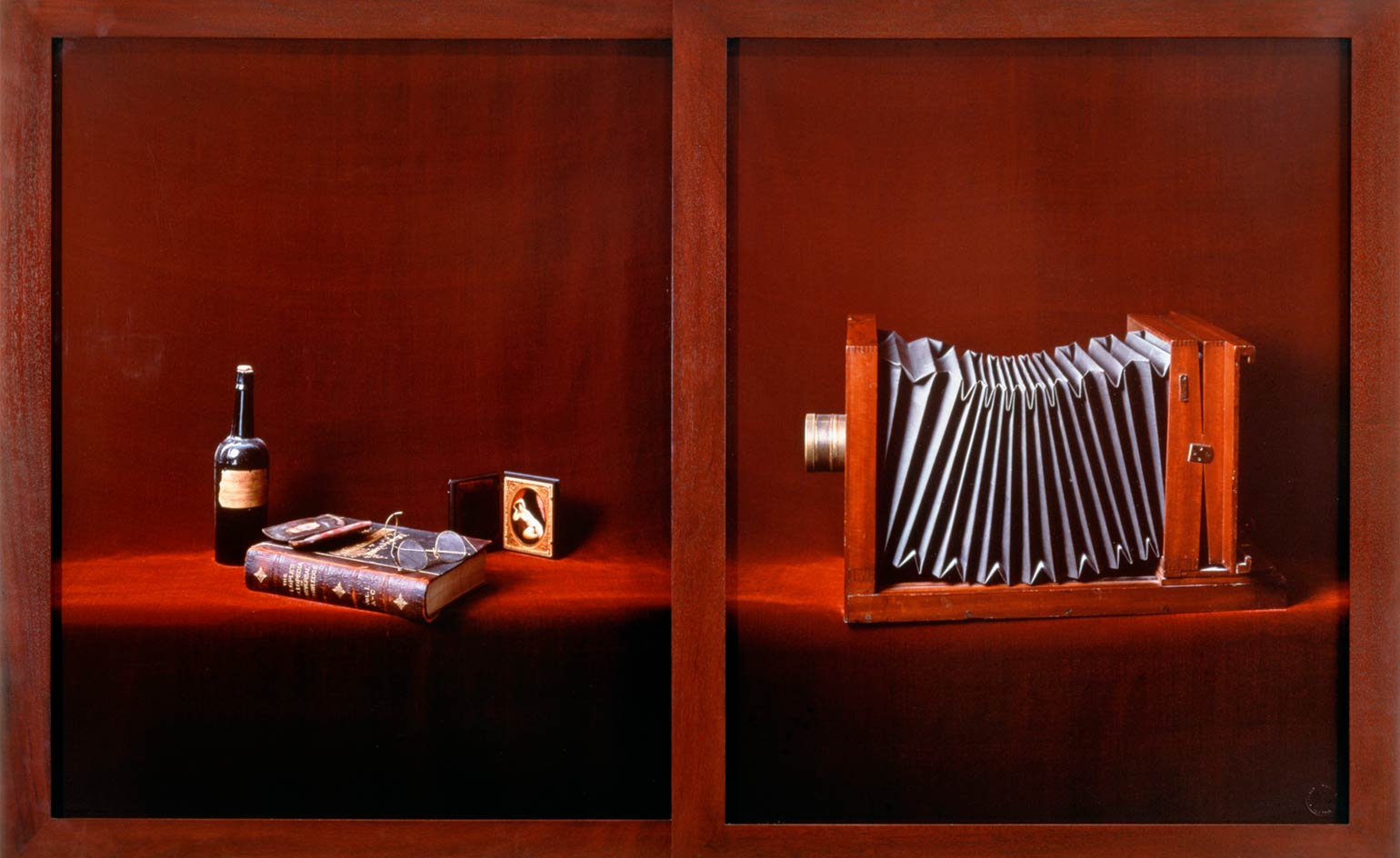
'In one sense, we live in a regular three-dimensional image world, and in another sense, we inhabit an entirely different image-world,' said Sarah Charlesworth (1947 – 2013), who found in the latter a common vocabulary for history and popular culture, creation and reception, artist and viewer. The first major New York survey of her work, 'Sarah Charlesworth: Doubleworld', on view until 20 September at the New Museum in New York, probes and celebrates the landscape of images, at once mining its terrain and savouring its glossy surface.
'Sarah was interested in engaging with photography as a problem rather than a medium,' says Margot Norton, a curator at the New Museum who organised the exhibition with the institution's artistic director, Massimiliano Gioni. 'That spoke for a generation of artists that were immersed in the image culture which we all exist in and heralded a change in the way that artists used photography.'
Bridging the conceptual art of the 1970s and the 'Pictures Generation', Charlesworth favoured making pictures to taking them, drawing upon her own vast cache of images (culled from newspapers, fashion magazines, pornography and textbooks) not as mere collage fodder but as a means for transforming photographs into something closer to objects. The 50 works in this exhibition reveal Charlesworth acting as both artist and linguist, decoding the grammar, syntax and lexicon of photography.
A work from her 'Modern History' series of 1977 – 79 (though it was added to in 1991 and 2003) brings together the front pages of 29 American and Canadian newspapers on the day of a total solar eclipse. Swept clean of their headlines and body text to leave floating images of the Moon-obscured sun, the black-and-white broadsheets (reproduced at the same size as the original newspapers) become a visual glossary, demonstrating the differing prominence afforded to the cosmos on a particular day in a particular town.
The provocative power of familiar images unmoored from their original contexts is also apparent in Charlesworth's later 'Objects of Desire' series (1983 – 88), in which images of different objects – a goat, a golden bowl, a Buddha, a disembodied satin dress – are cut out and isolated against shiny, colourful backgrounds. This approach gives way to an entirely new set of associations with 'Stills', the 1980 series of 14 outsized images that each show a single human figure in free-fall. The viewer can only intuit that it is an act of escape, whether from danger, from life, or from a combination of the two.
'When seeing the 'Stills' today, after the events of 11 September 2001, the images take on an even more emotional and haunting power,' says Gioni. 'It's a sober beginning for an exhibition that resonates with faith and skepticism, and the power of photography and the power of images.'
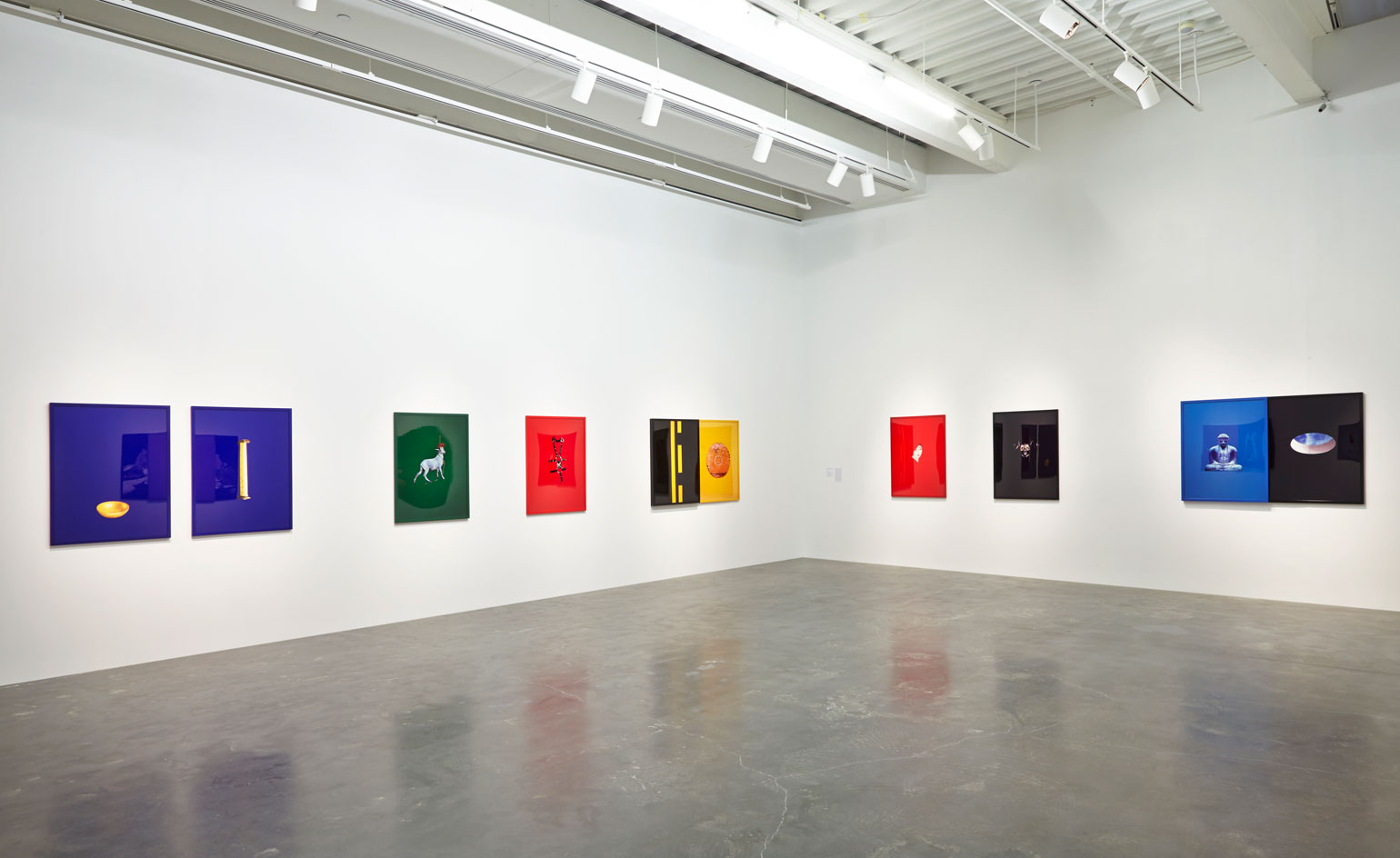
The 50 works in the exhibition reveal Charlesworth acting as both artist and linguist, decoding the grammar, syntax and lexicon of photography. Courtesy of the New Museum, New York
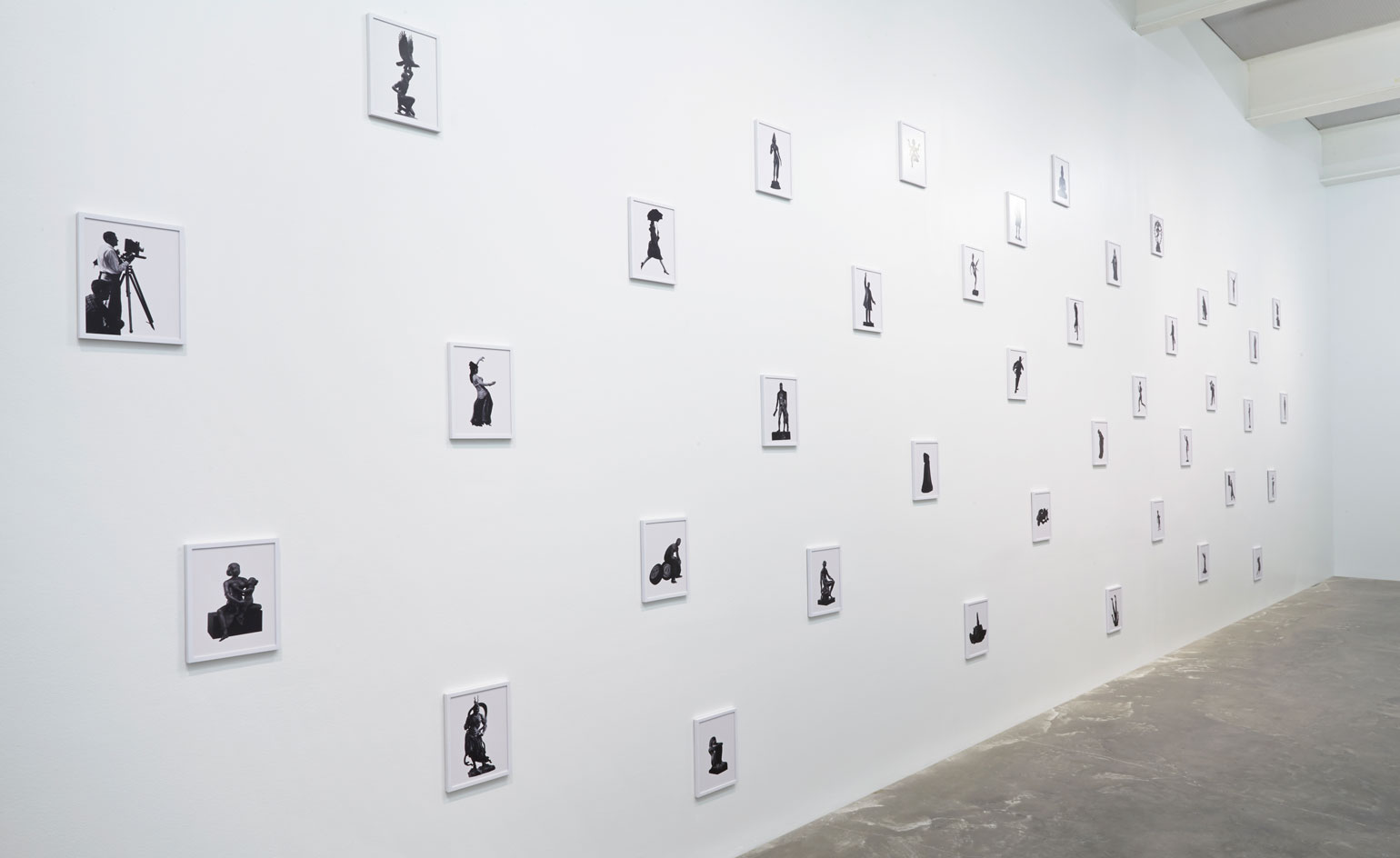
'Sarah was interested in engaging with photography as a problem rather than a medium,' says Margot Norton, a curator at the New Museum. Courtesy of the New Museum, New York
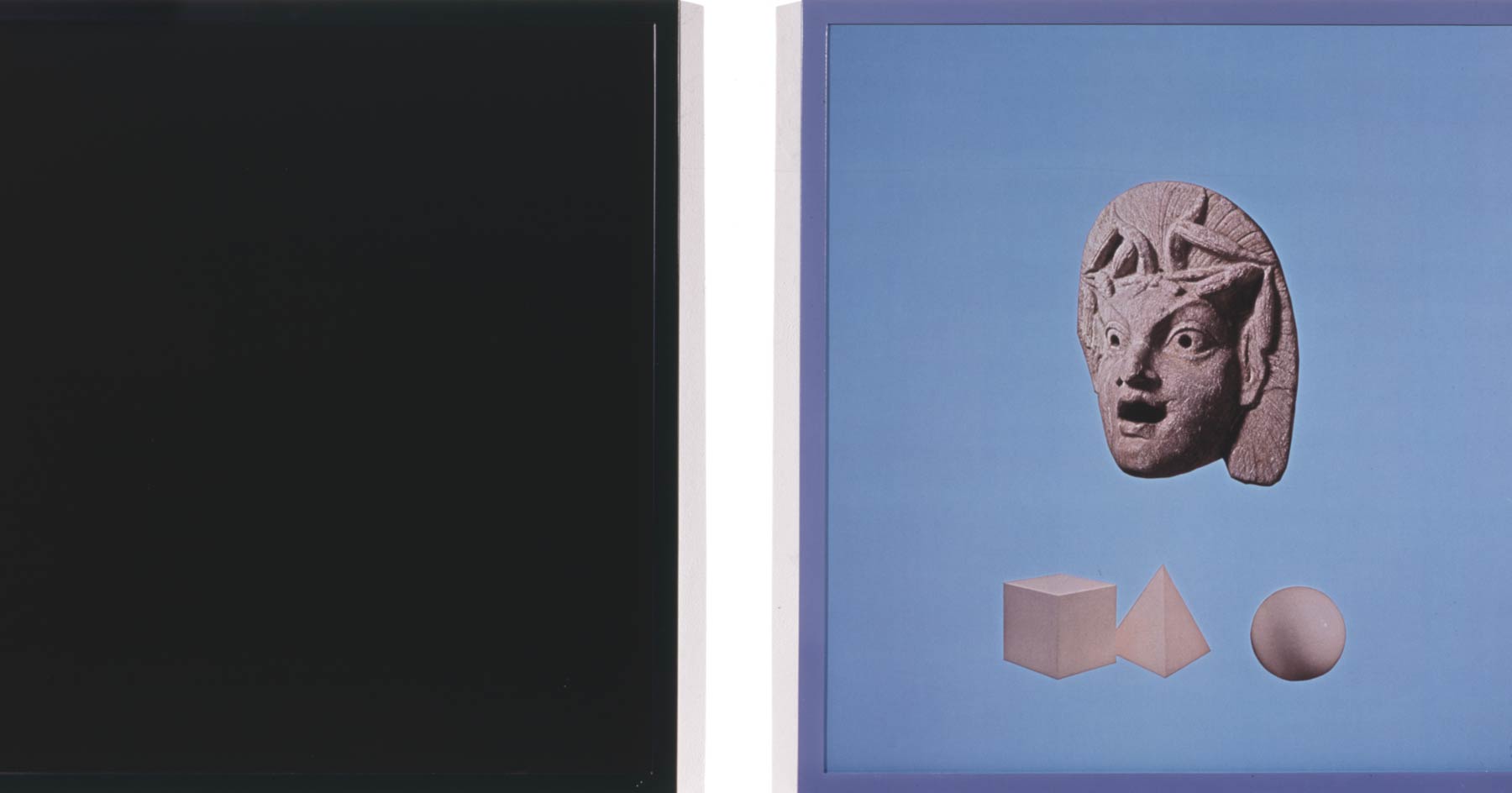
The 'Objects of Desire' series shows the provocative power of familiar images, unmoored from their original contexts. Pictured here: Fear of Nothing, 1988.
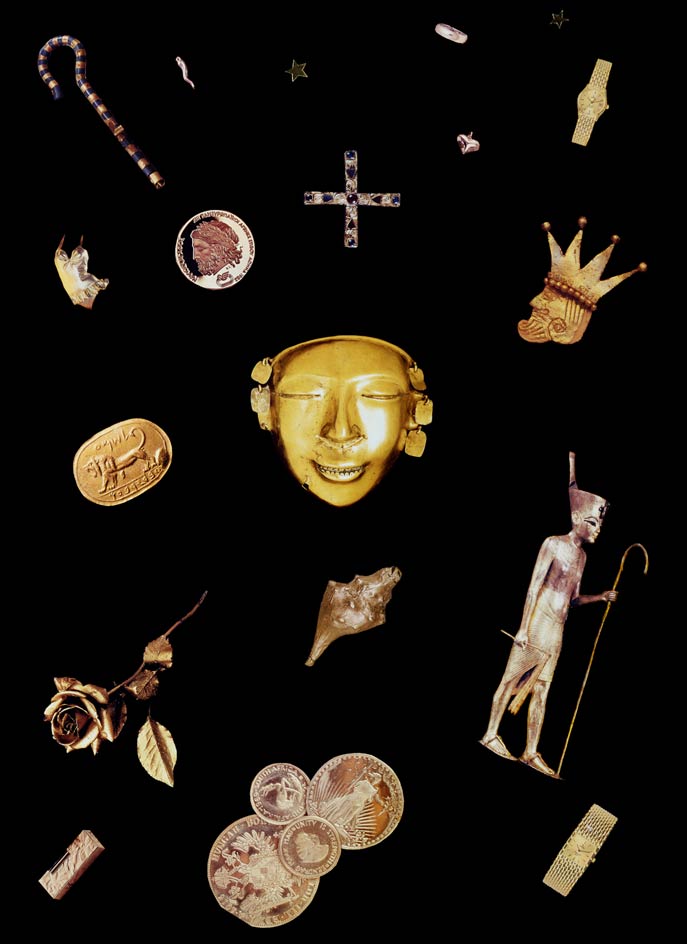
Gold, from the 'Objects of Desire' series, 1986.
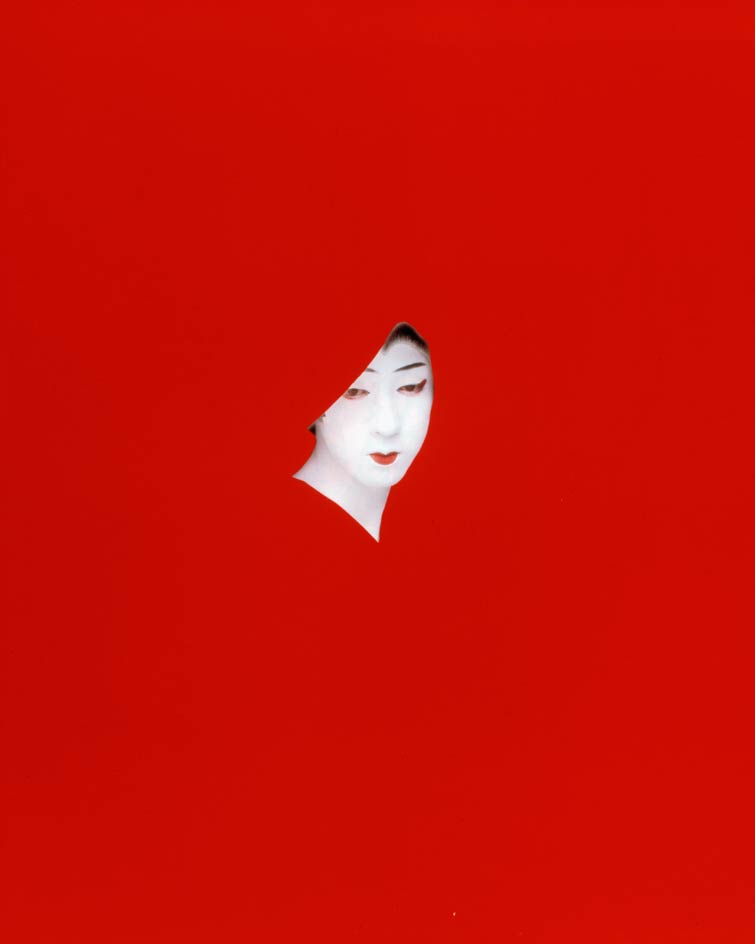
Red Mask, from the 'Objects of Desire' series, 1983.
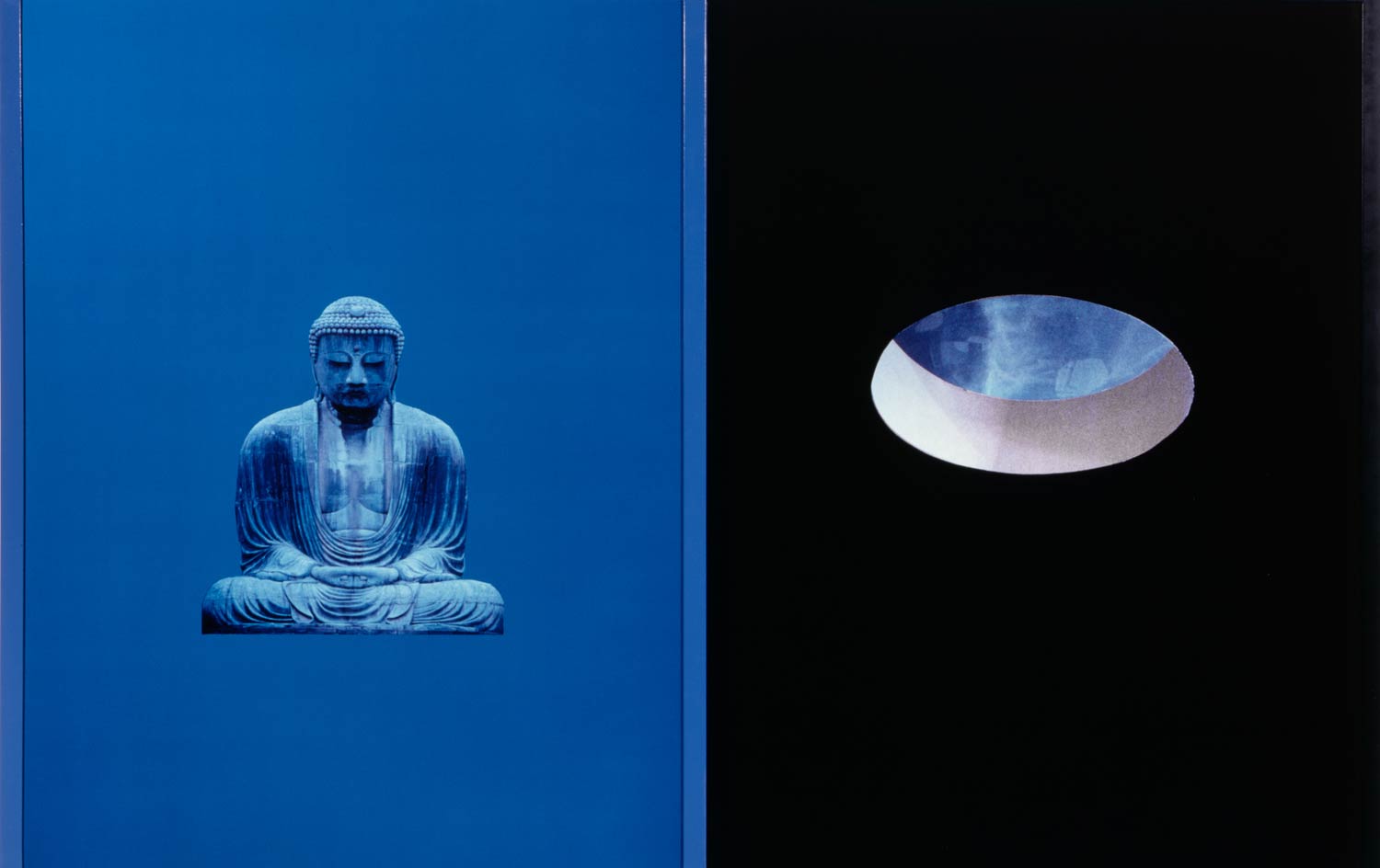
Buddha of Immeasurable Light, from the 'Objects of Desire' series, 1987.
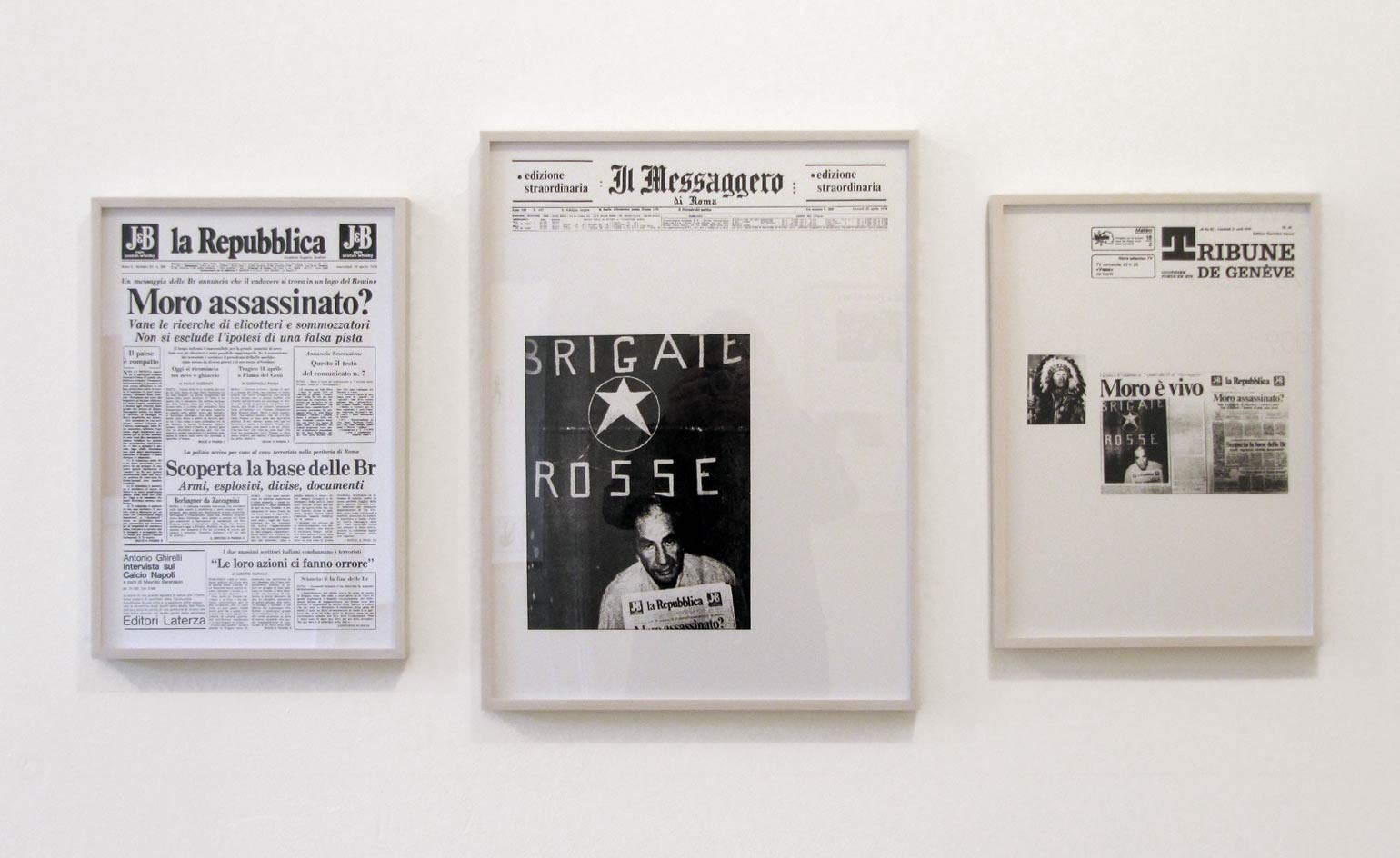
Work from Charlesworth's 'Modern History' series of 1977 – 79 brings together the front pages of 29 American and Canadian newspapers on the day of a total solar eclipse. Courtesy of the New Museum, New York
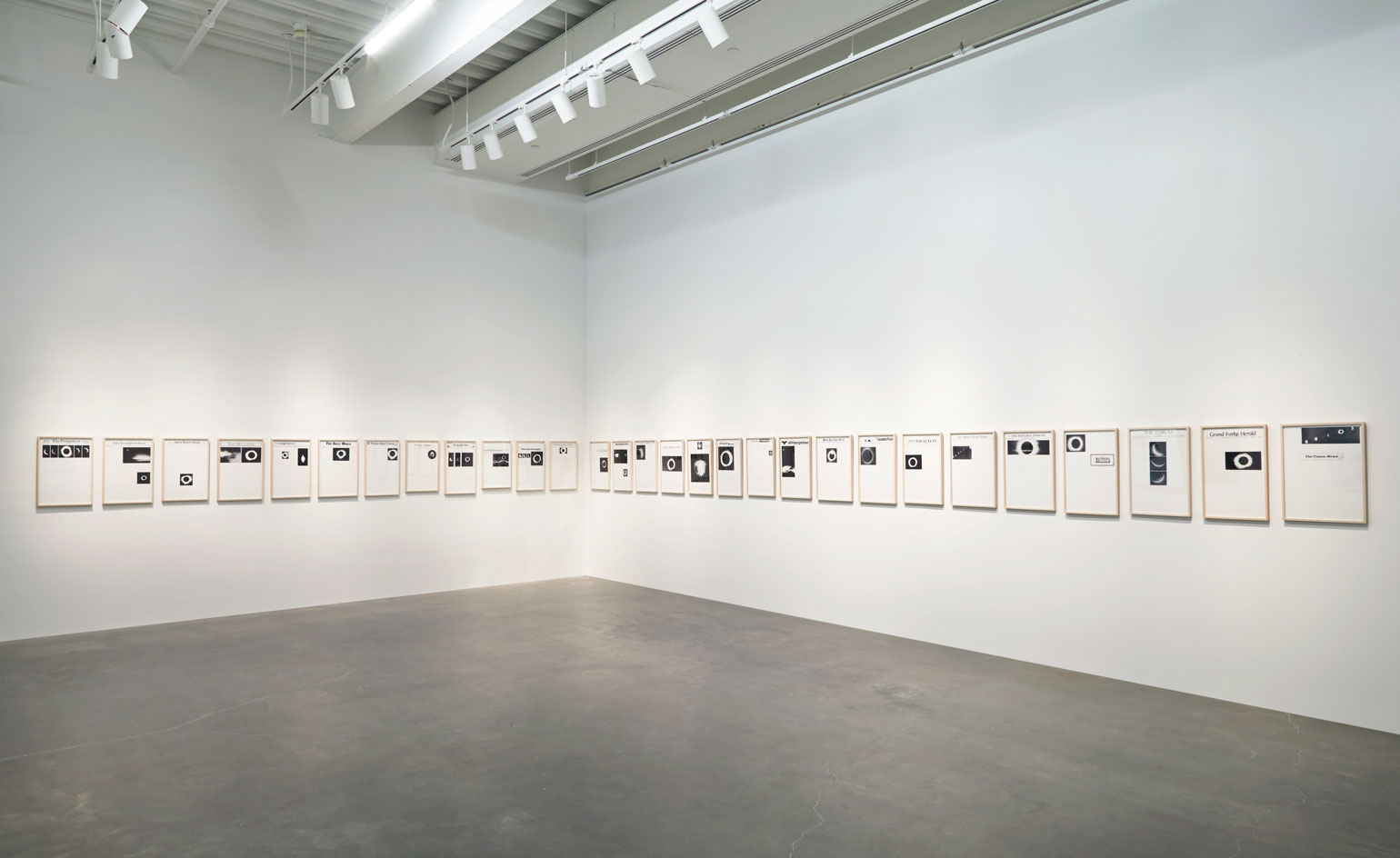
Swept clean of their headlines and body text – to leave floating images of the Moon-obscured sun – the black-and-white broadsheets become a visual glossary. Courtesy of the New Museum, New York
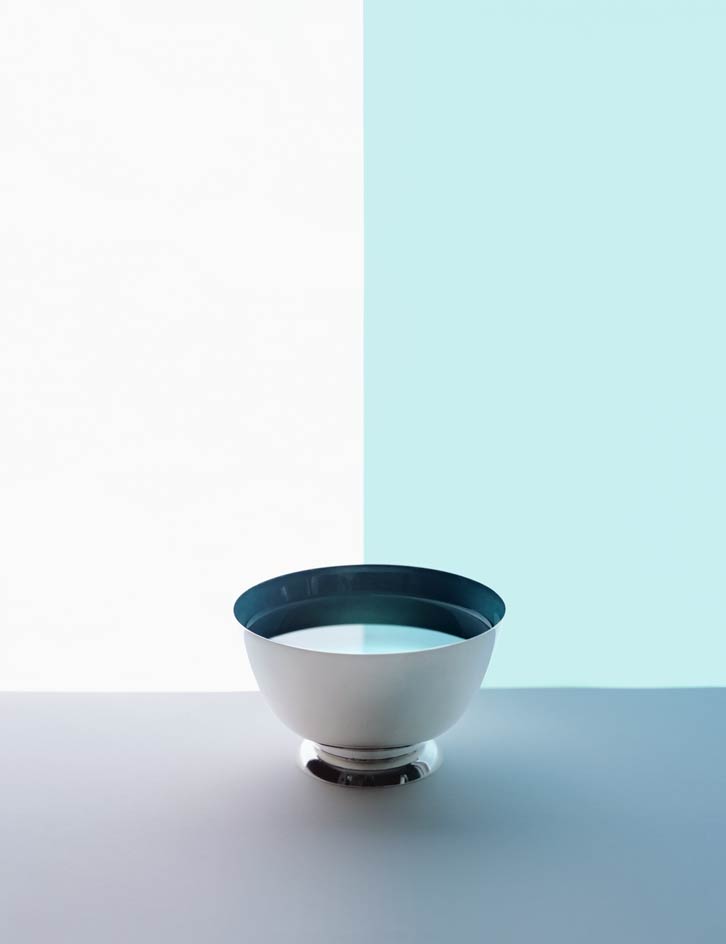
Half Bowl, from the 'Available Light' series, 2012.
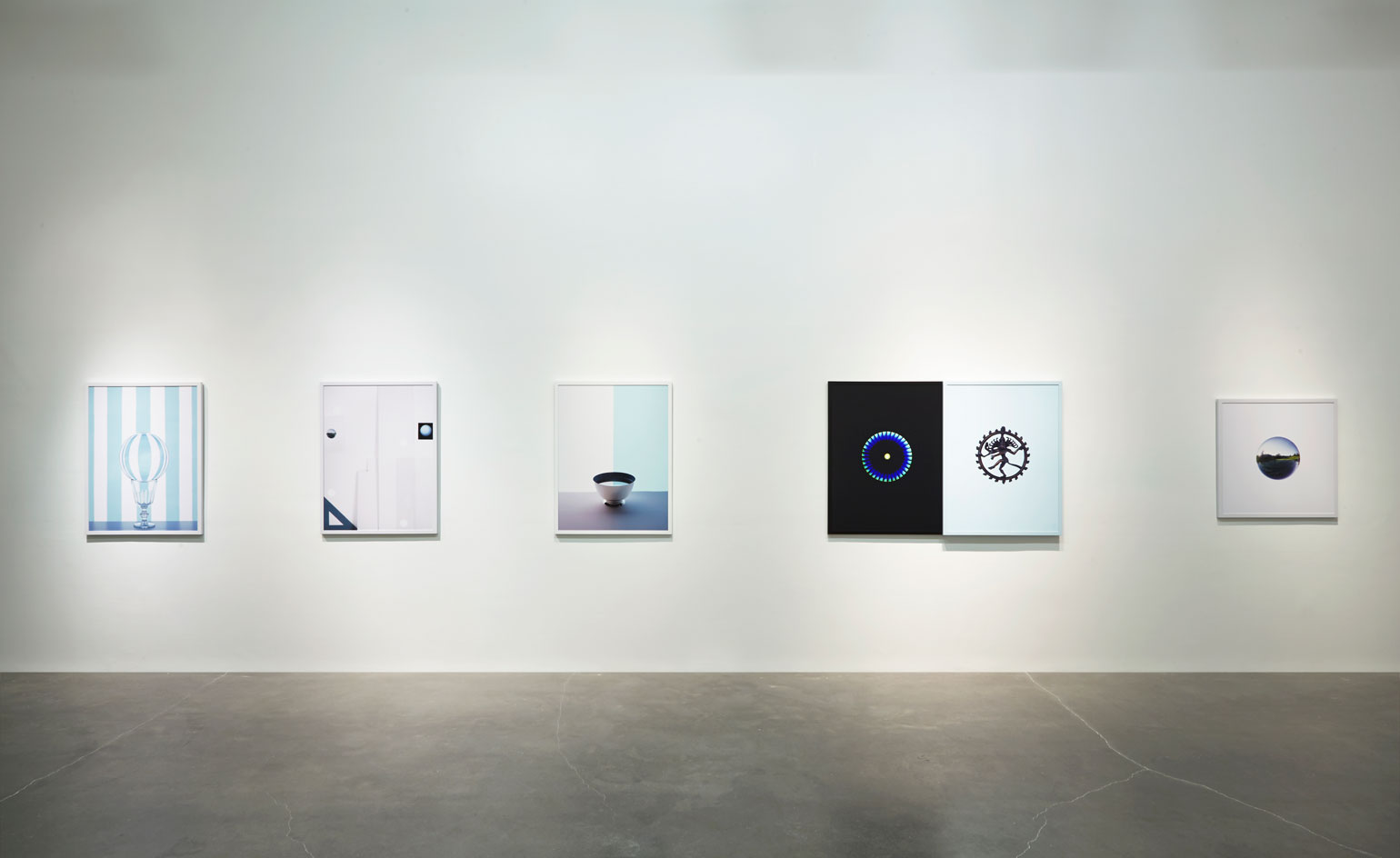
The 'Available Light' series on show.Courtesy of the New Museum, New York
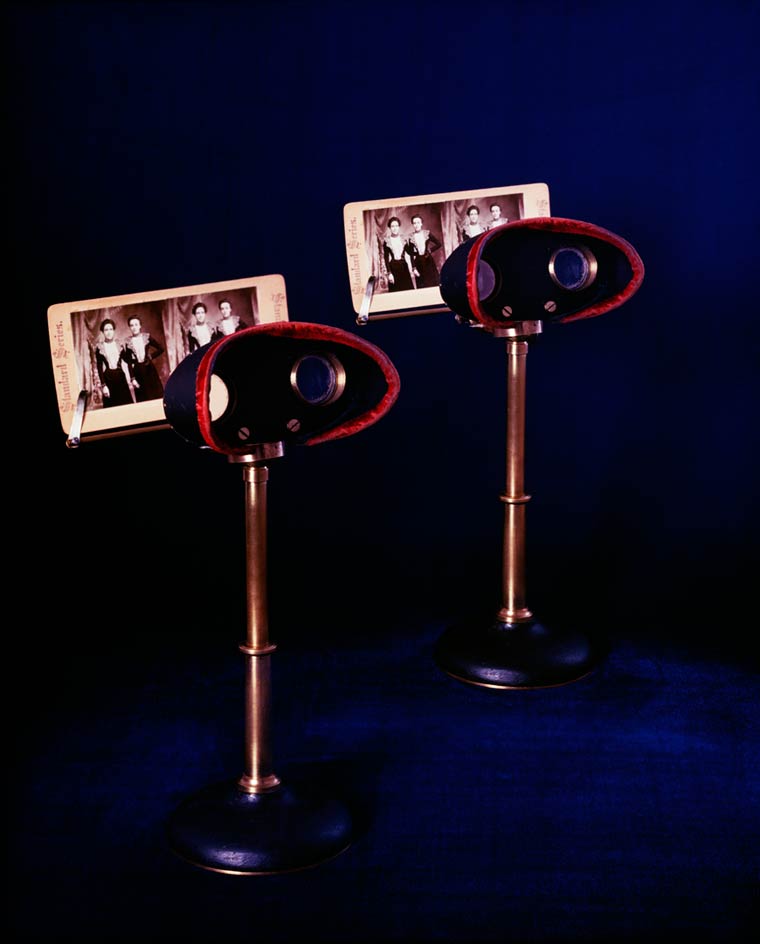
Doubleworld, from the 'Doubleworld' series, 1995.
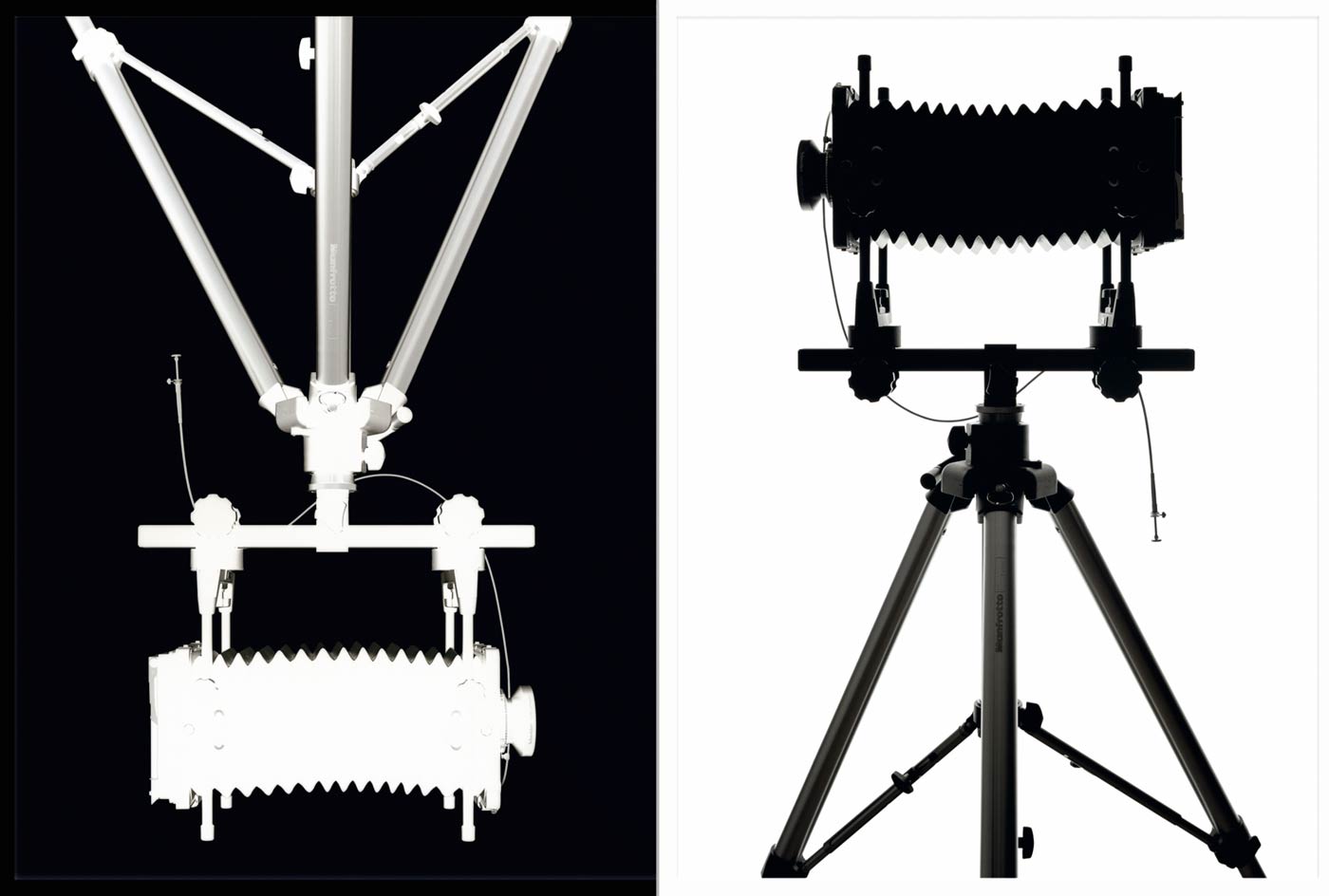
Camera Work, from the 'Work in Progress' series, 2009.
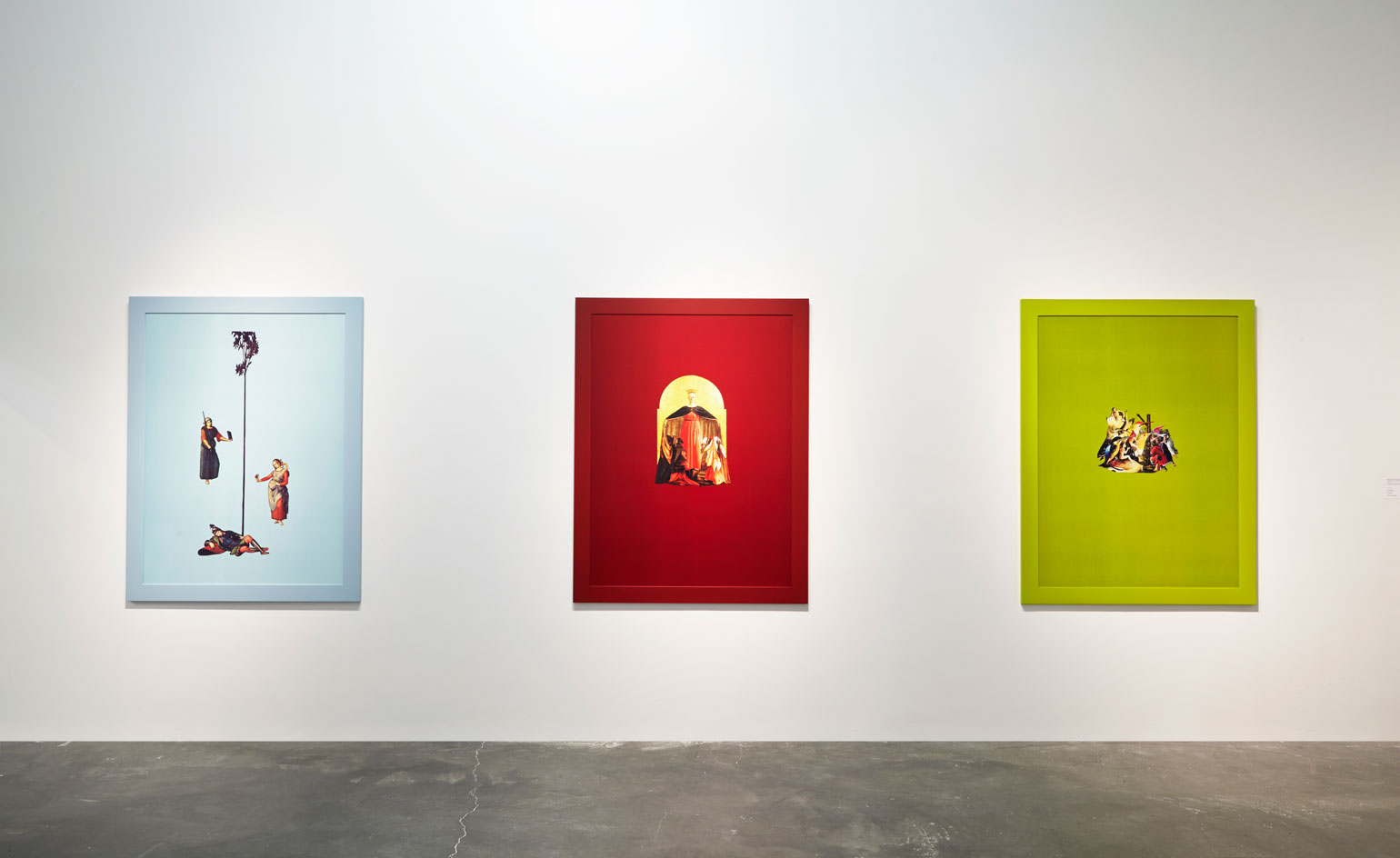
The exhibition is on show at the New Museum until 20 September. Courtesy of the New Museum, New York
ADDRESS
New Museum
235 Bowery
New York
NY 10002
Receive our daily digest of inspiration, escapism and design stories from around the world direct to your inbox.
Stephanie Murg is a writer and editor based in New York who has contributed to Wallpaper* since 2011. She is the co-author of Pradasphere (Abrams Books), and her writing about art, architecture, and other forms of material culture has also appeared in publications such as Flash Art, ARTnews, Vogue Italia, Smithsonian, Metropolis, and The Architect’s Newspaper. A graduate of Harvard, Stephanie has lectured on the history of art and design at institutions including New York’s School of Visual Arts and the Institute of Contemporary Art in Boston.
-
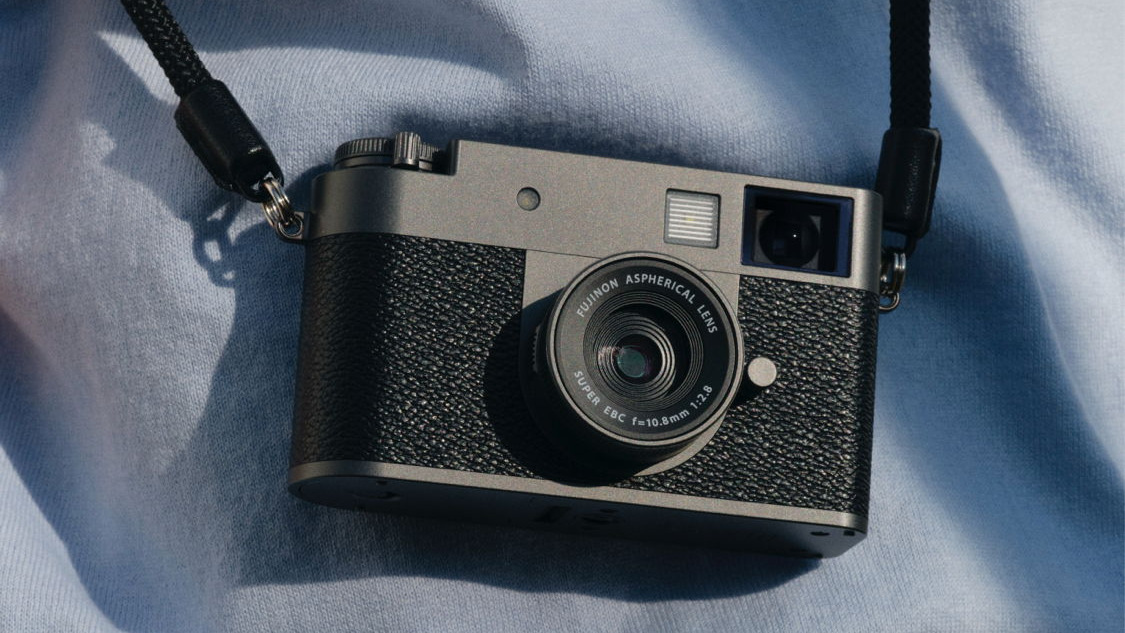 Five of the finest compact cameras available today
Five of the finest compact cameras available todayPocketable cameras are having a moment. We’ve assembled a set of cutting-edge compacts that’ll free you from the ubiquity of smartphone photography and help focus your image making
-
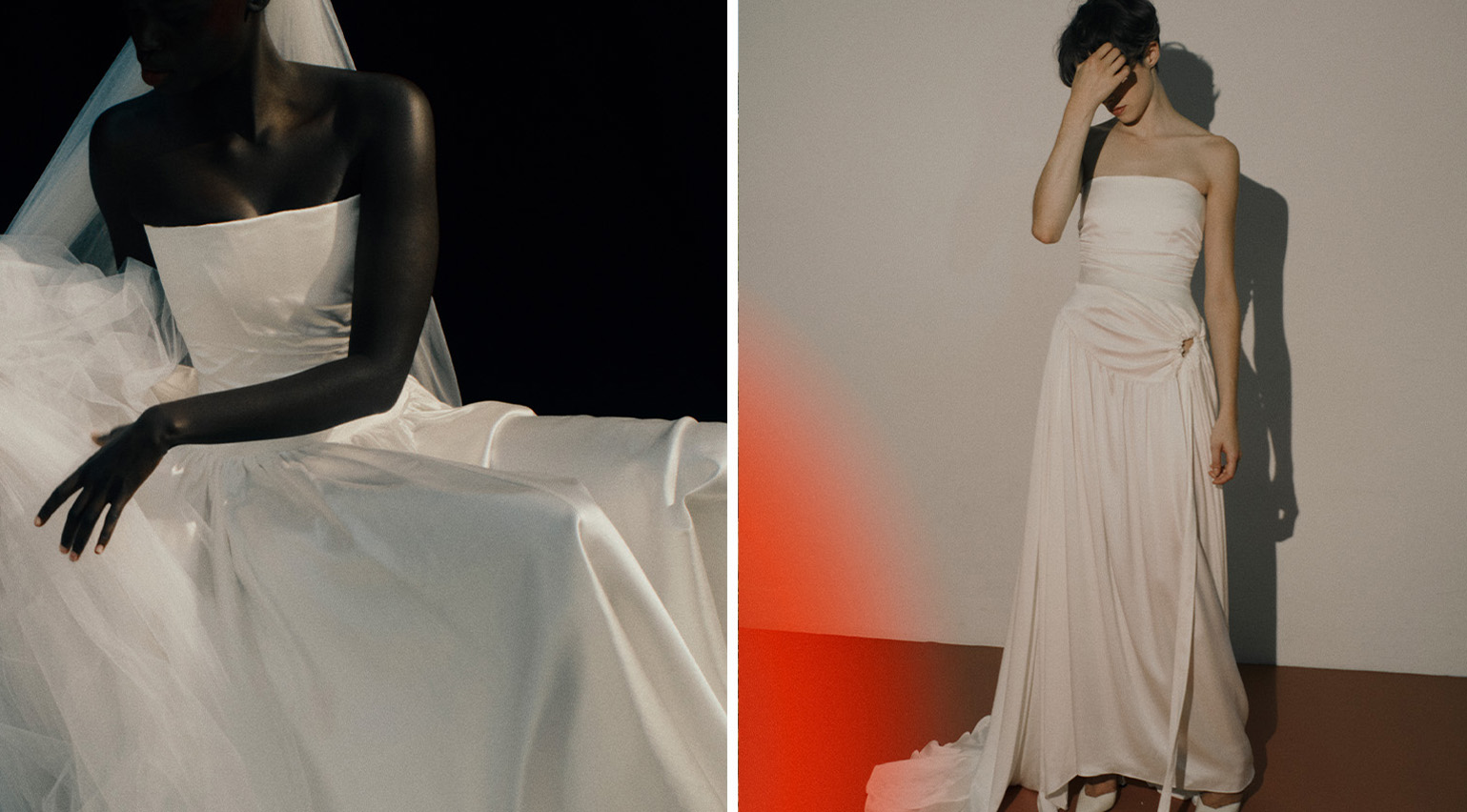 London label Wed Studio is embracing ‘oddness’ when it comes to bridal dressing
London label Wed Studio is embracing ‘oddness’ when it comes to bridal dressingThe in-the-know choice for fashion-discerning brides, Wed Studio’s latest collection explores the idea that garments can hold emotions – a reflection of designers Amy Trinh and Evan Phillips’ increasingly experimental approach
-
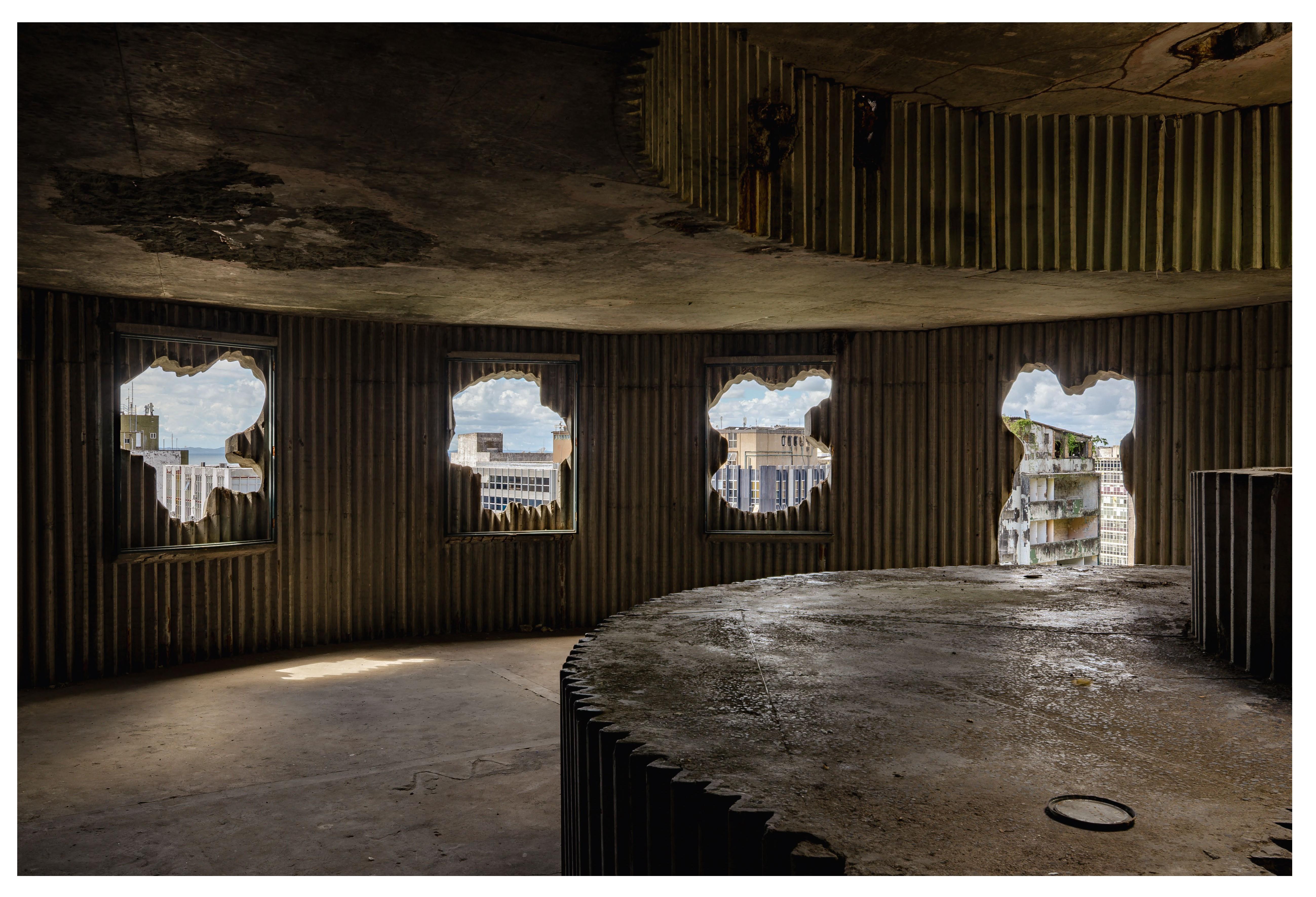 Arts institution Pivô breathes new life into neglected Lina Bo Bardi building in Bahia
Arts institution Pivô breathes new life into neglected Lina Bo Bardi building in BahiaNon-profit cultural institution Pivô is reactivating a Lina Bo Bardi landmark in Salvador da Bahia in a bid to foster artistic dialogue and community engagement
-
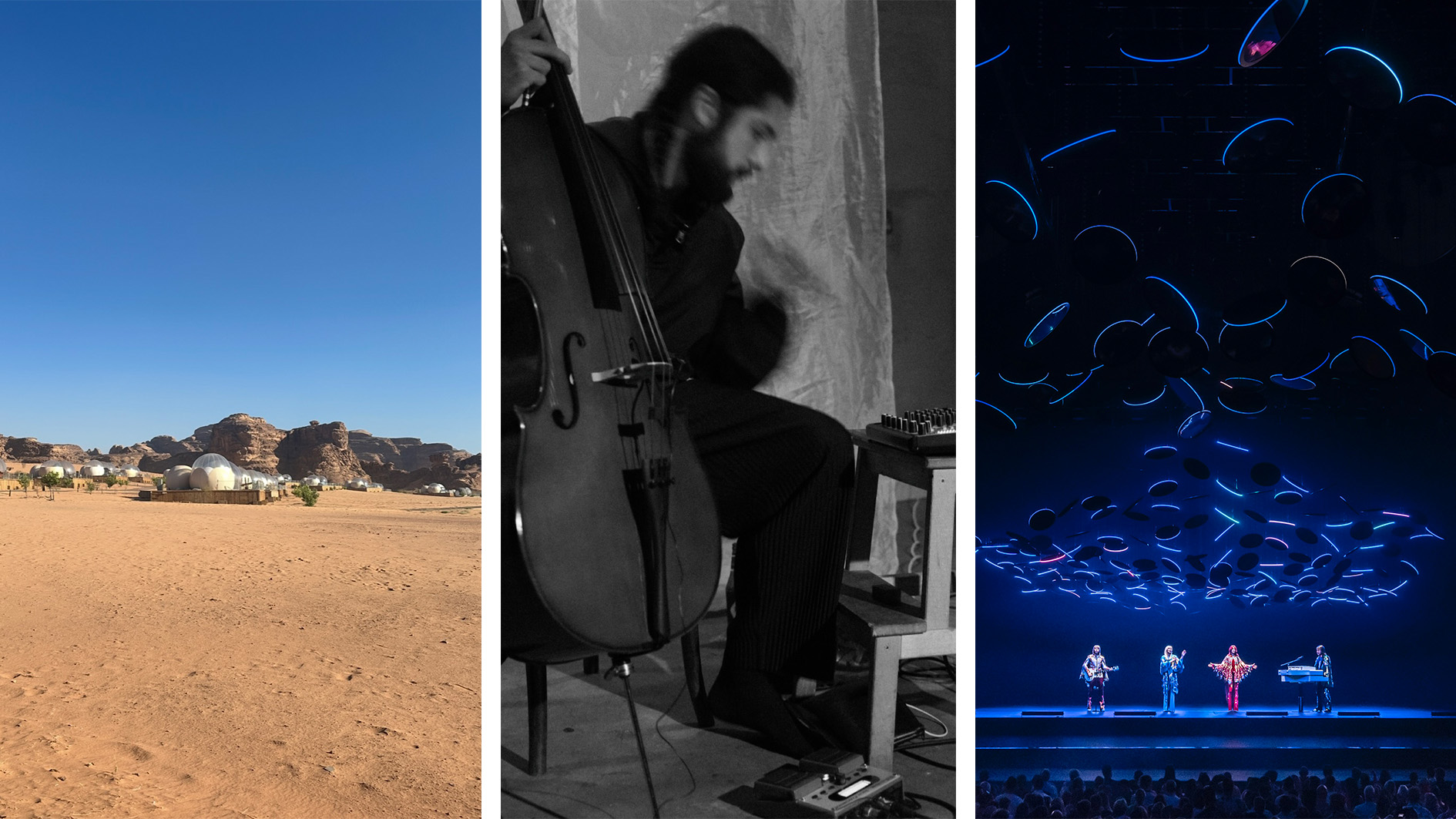 Out of office: what the Wallpaper* editors have been up to this week
Out of office: what the Wallpaper* editors have been up to this weekThis week saw the Wallpaper* team jet-setting to Jordan and New York; those of us left in London had to make do with being transported via the power of music at rooftop bars, live sets and hologram performances
-
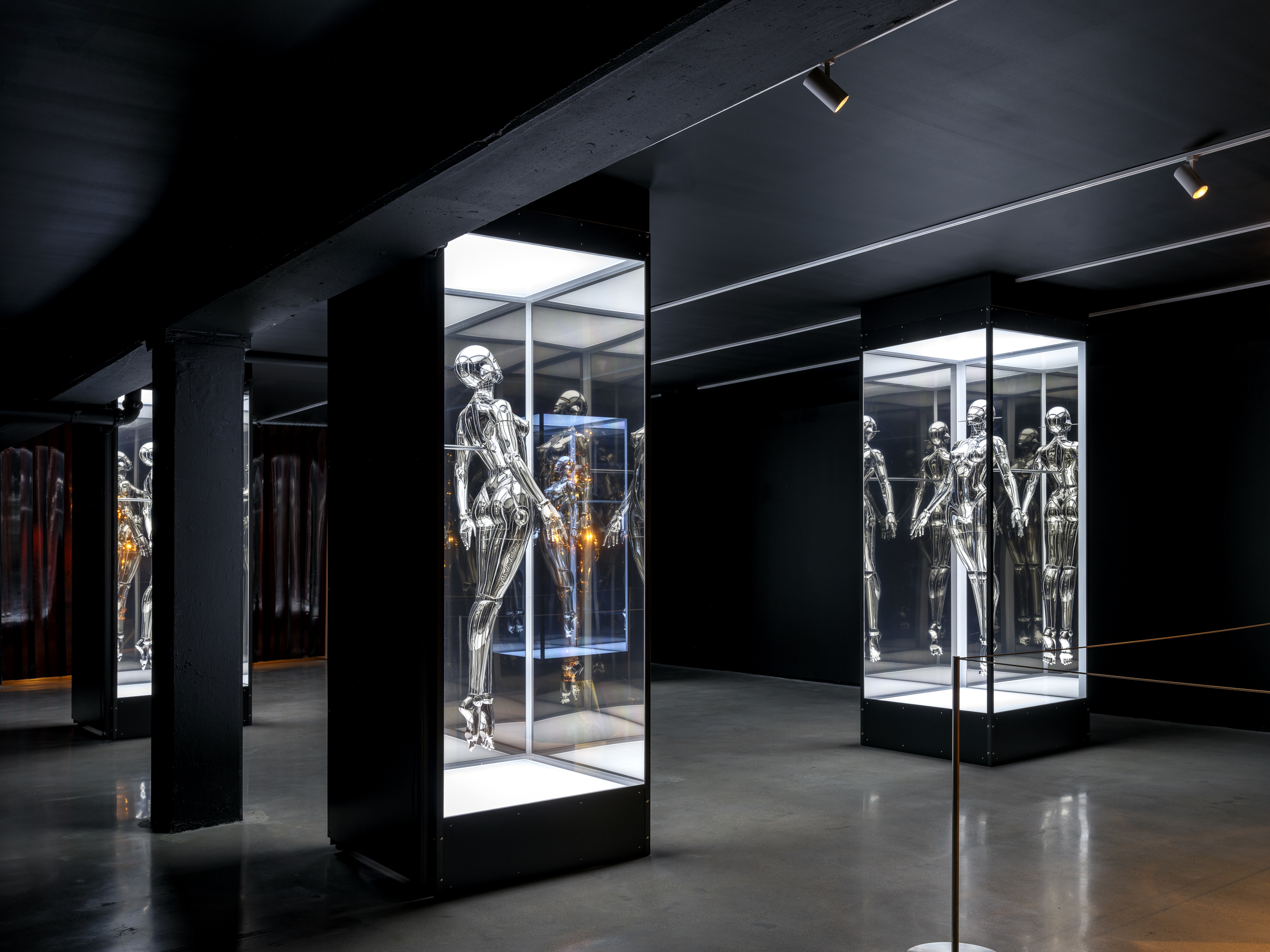 Miami’s new Museum of Sex is a beacon of open discourse
Miami’s new Museum of Sex is a beacon of open discourseThe Miami outpost of the cult New York destination opened last year, and continues its legacy of presenting and celebrating human sexuality
-
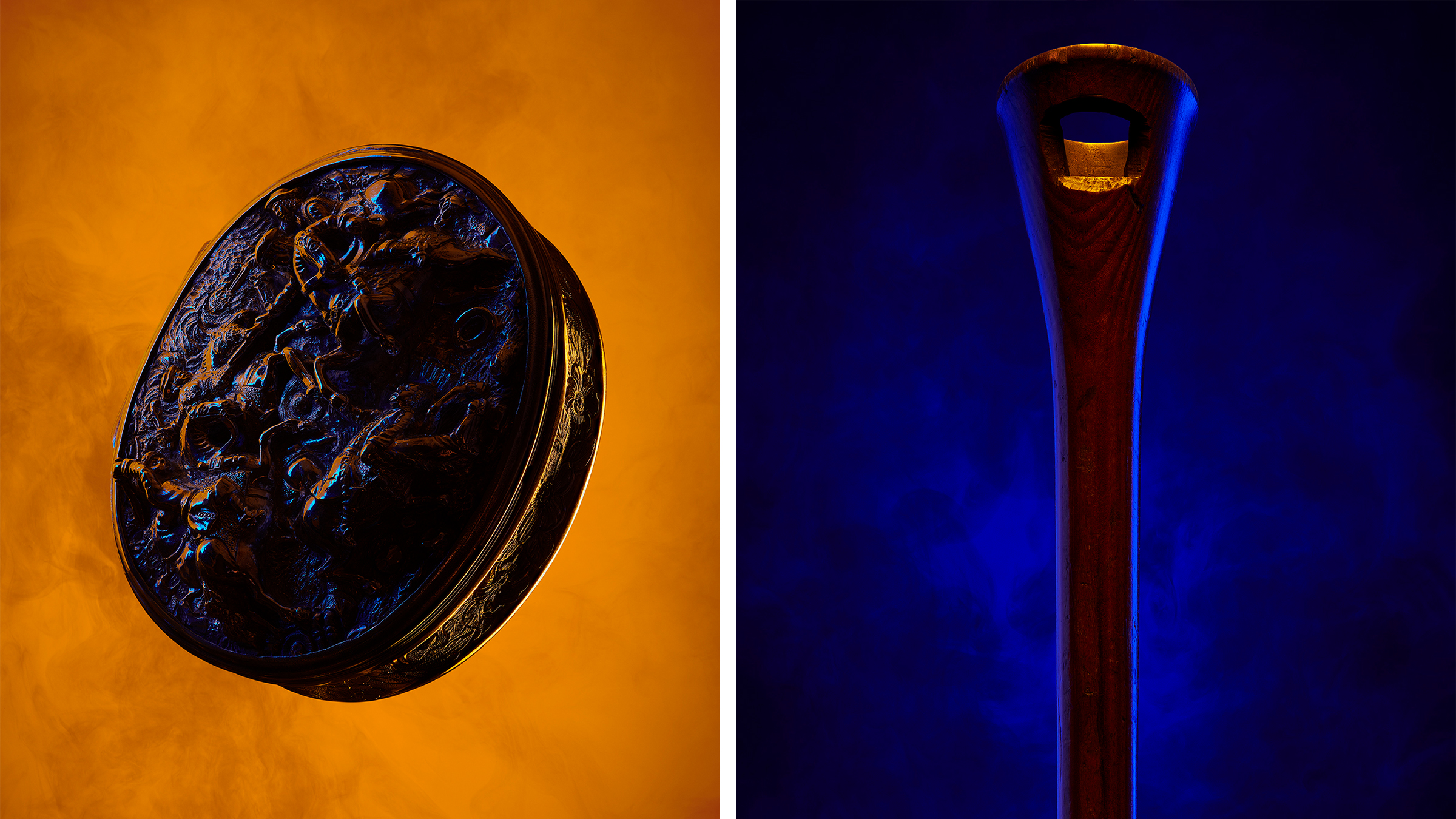 Royal College of Physicians Museum presents its archives in a glowing new light
Royal College of Physicians Museum presents its archives in a glowing new lightLondon photography exhibition ‘Unfamiliar’, at the Royal College of Physicians Museum (23 January – 28 July 2023), presents clinical tools as you’ve never seen them before
-
 Museum of Sex to open Miami outpost in spring 2023
Museum of Sex to open Miami outpost in spring 2023The Museum of Sex will expand with a new Miami outpost in spring 2023, housed in a former warehouse reimagined by Snøhetta and inaugurated with an exhibition by Hajime Sorayama
-
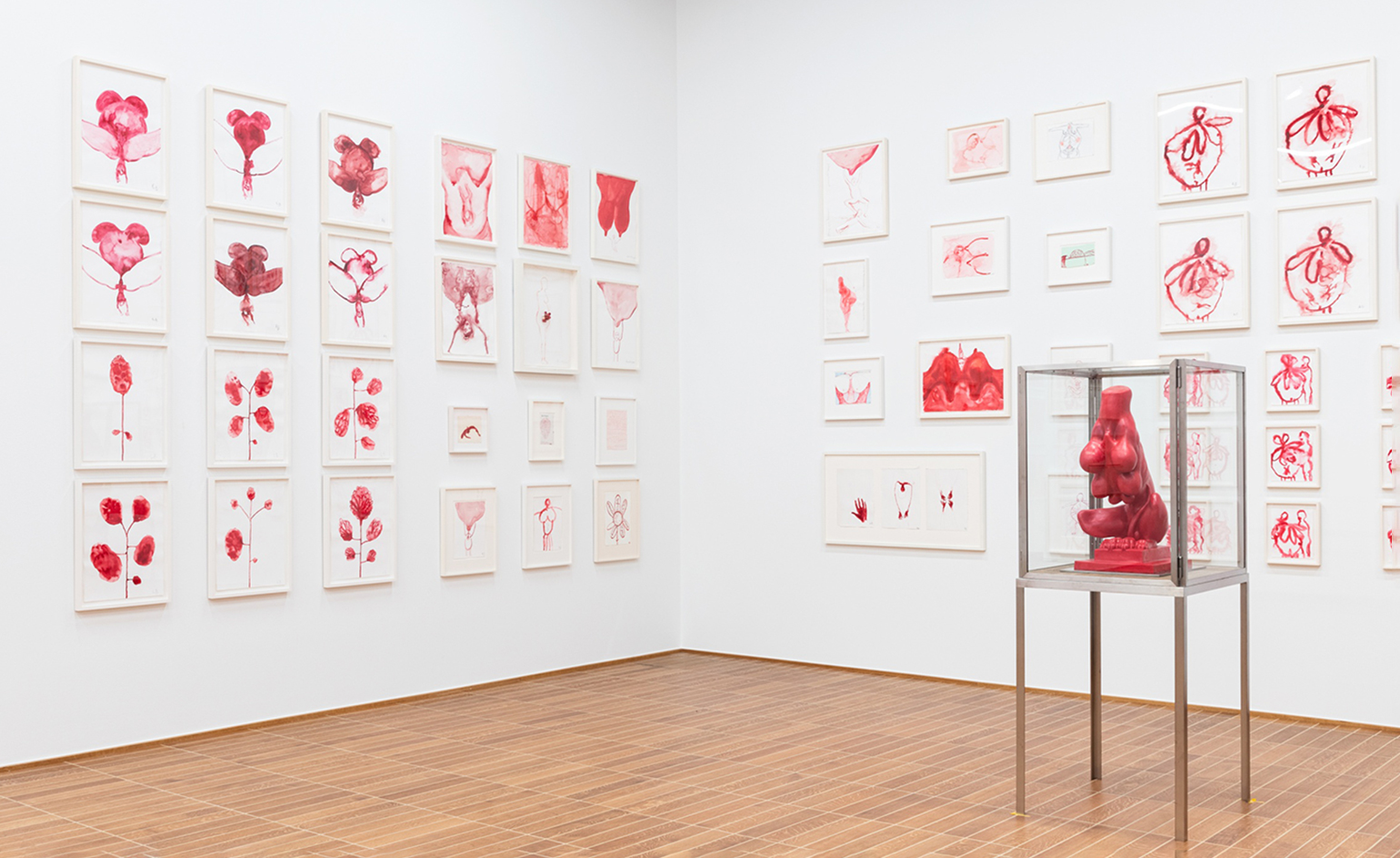 Jenny Holzer curates Louise Bourgeois: ‘She was infinite’
Jenny Holzer curates Louise Bourgeois: ‘She was infinite’The inimitable work of Louise Bourgeois is seen through the eyes of Jenny Holzer in this potent meeting of minds at Kunstmuseum Basel
-
 ‘A Show About Nothing’: group exhibition in Hangzhou celebrates emptiness
‘A Show About Nothing’: group exhibition in Hangzhou celebrates emptinessThe inaugural exhibition at new Hangzhou cultural centre By Art Matters explores ‘nothingness’ through 30 local and international artists, including Maurizio Cattelan, Ghislaine Leung, Hiroshi Sugimoto, Liu Guoqiang and Yoko Ono
-
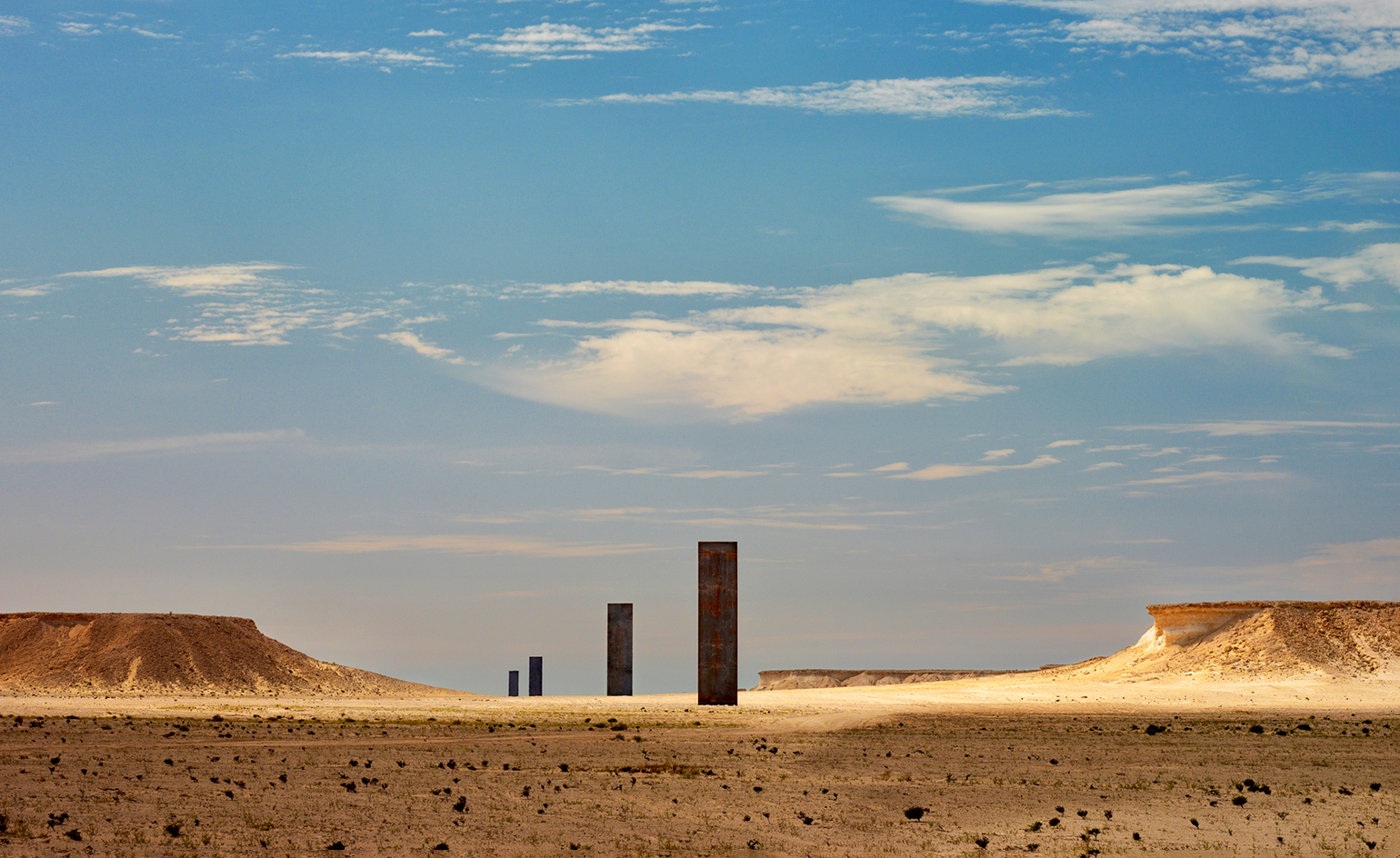 Three days in Doha: art, sport, desert, heat
Three days in Doha: art, sport, desert, heatIn our three-day Doha diary, we record the fruits of Qatar’s cultural transformation, which involved Jeff Koons, a glass palace of books, and a desert sunset on Richard Serra
-
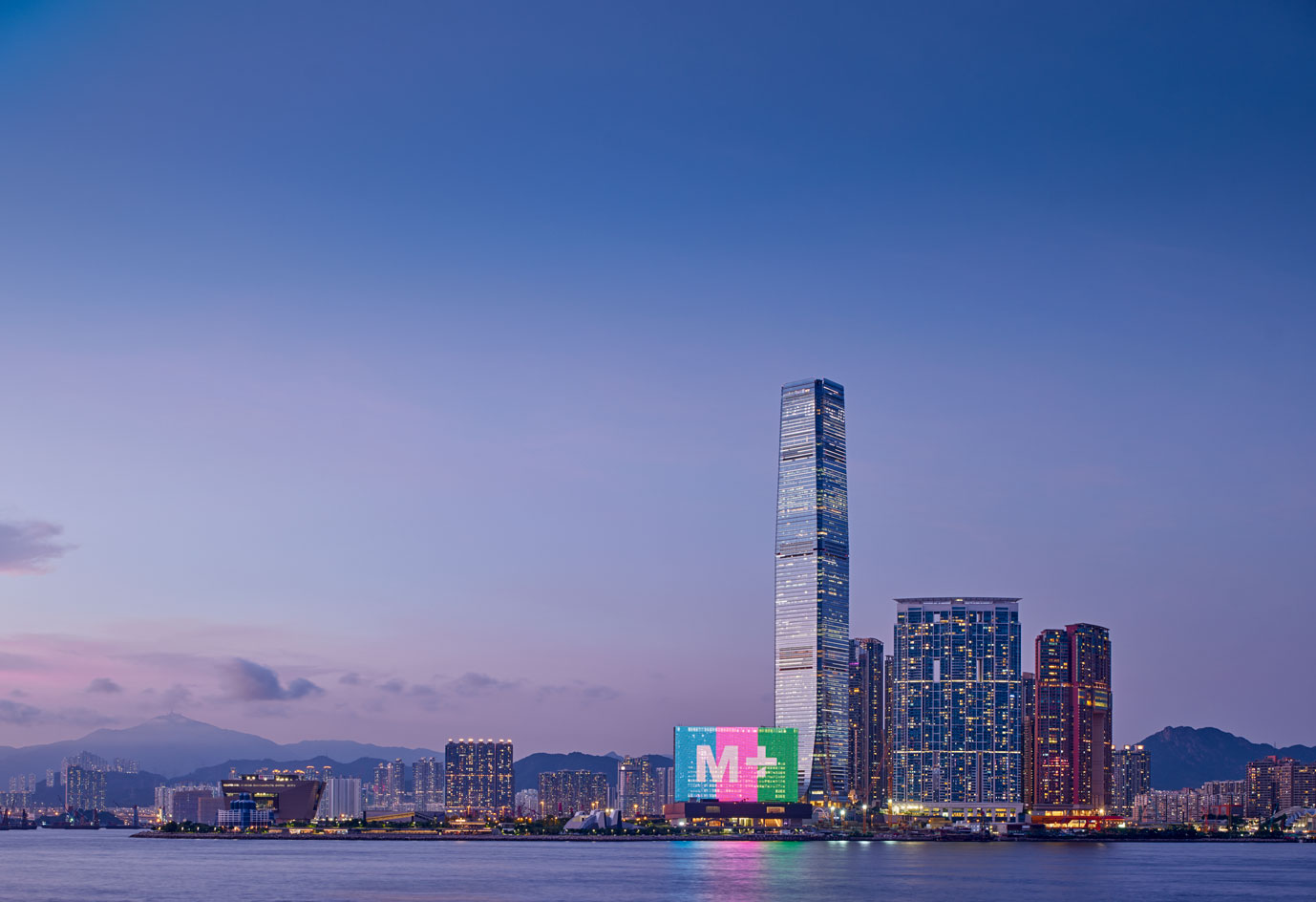 Hong Kong’s M+ Museum to open with six thematic shows
Hong Kong’s M+ Museum to open with six thematic showsAsia’s first global museum of contemporary visual culture will open on 12 November in Hong Kong’s West Kowloon Cultural District, with six themed shows spanning art, design and architecture